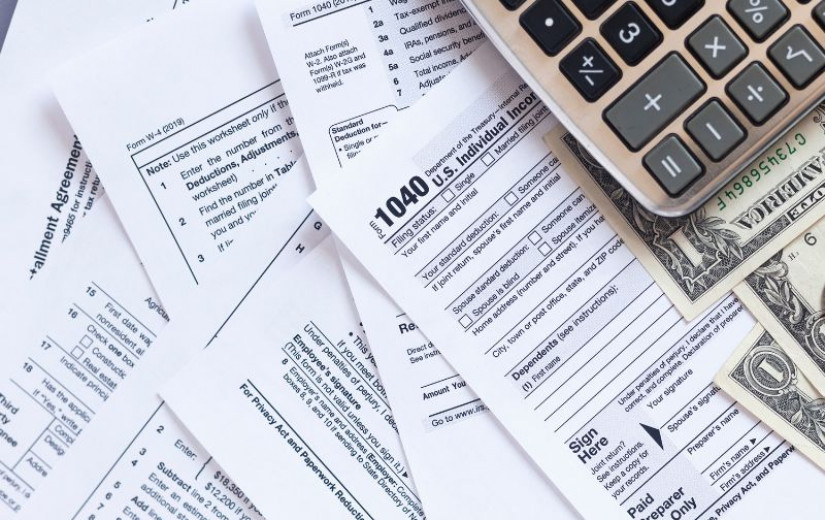Americans spend about $438 monthly on groceries. This means a relatively huge chunk of the national average U.S. household goes grocery shopping. Considering that you must cater to other demanding expenses such as mortgages, electricity bills, internet, health insurance, and more, deciding to save while grocery shopping may be handy. So, what strategies can you use to save on your grocery shopping? Here are 6 strategies that can help.
You can also use the digital options available from your grocery mobile app. Download the app, look for discounts, and load the coupons to your loyalty card. This discount will automatically apply to your expenses.
Therefore, consider buying a few generic brand groceries to cut your cost next time you head for your shopping run. However, you should assess these generic brands to ensure that they meet your expectations.
However, this may seem to be a good option but be prepared to spend more even though you’ll be getting your groceries in large quantities. You should also be ready to invest in an annual fee. Therefore, ensure you shop enough to save more than the annual fee on your groceries.
Groceries can take a significant portion of your budget, especially for big families. Fortunately, the six strategies mentioned above can help you reduce your grocery expenses. So, in your next grocery shopping run, consider applying them and assess whether they will be helpful.
Have a Meal Plan
The first step to saving on your grocery shopping is having a week’s meal plan. This helps you avoid buying items that you may not need over the week and prevent wastage. It also allows you to buy bigger packages and portions, which usually sell cheaper than small portions. It also cuts down the time and money spent visiting the grocery store.Pay Your Bills with Your Grocery Rewards Card
A bank-issued or store-brand credit card can offer robust perks and savings on grocery shopping. It allows you to earn cash back or points on your spending, which may translate to considerable yearly savings. For instance, using your grocery reward cards can save up to $300 a year. This can help you save on the amount you could have spent over three weeks.Look out for Grocery Coupons
Besides having a grocery reward card, you can maximize your grocery shopping expenses by clipping coupons and receiving additional discounts. You can find these coupons in weekly mail circulars or through local dailies. Cut out any grocery coupons that you might find and use them in your next grocery shopping.You can also use the digital options available from your grocery mobile app. Download the app, look for discounts, and load the coupons to your loyalty card. This discount will automatically apply to your expenses.
Avoid Online Grocery Shopping
Online grocery shopping may seem convenient, but it comes with additional costs you may not know about. For instance, you may have to pay an additional delivery fee, especially if your grocery orders are done through a third-party seller. It also limits the possibility of impulse buying, resulting from sales and promotions applied, conditional free shipping, and targeted marketing.Consider Buying Generic Brands
Liking specific grocery brands shouldn’t hinder you from trying out something else. Most grocery stores put a higher price for specific name-brand items, but if you look at the bottom line, there’s not much difference between them and other brands. This can save up to $500 per year on your food budget, depending on your meal plan.Therefore, consider buying a few generic brand groceries to cut your cost next time you head for your shopping run. However, you should assess these generic brands to ensure that they meet your expectations.
Subscribe to Wholesale Membership
By joining a wholesale club, you can buy your groceries in bulk at a lower cost, saving much of your money. This is suitable for large families and anyone with enough room to store large amounts of food. It’s also ideal for someone who can stock several nonperishable foods.However, this may seem to be a good option but be prepared to spend more even though you’ll be getting your groceries in large quantities. You should also be ready to invest in an annual fee. Therefore, ensure you shop enough to save more than the annual fee on your groceries.
Groceries can take a significant portion of your budget, especially for big families. Fortunately, the six strategies mentioned above can help you reduce your grocery expenses. So, in your next grocery shopping run, consider applying them and assess whether they will be helpful.
Related Articles
Stay Informed
Get the best articles every day for FREE. Cancel anytime.









